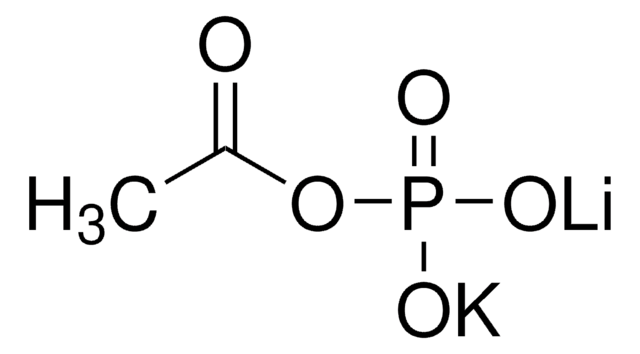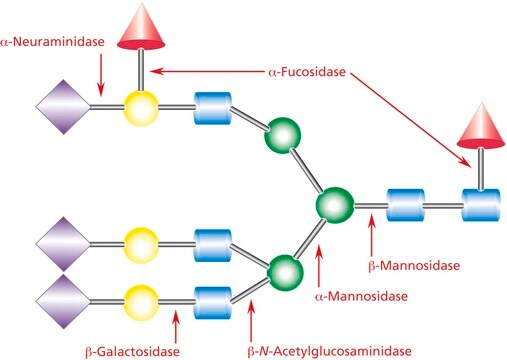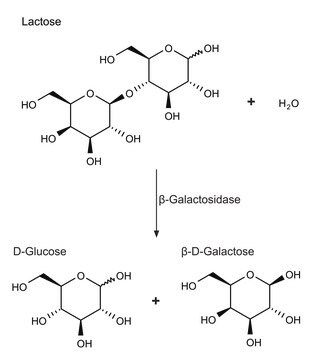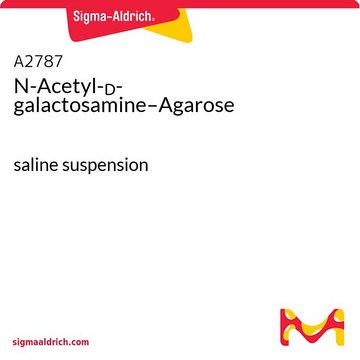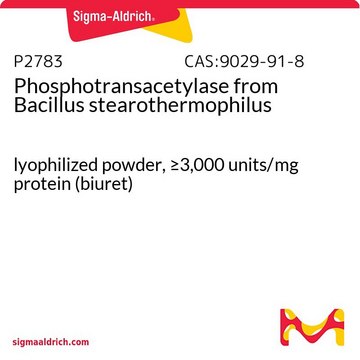A6781
Acetate Kinase from Bacillus stearothermophilus
lyophilized powder, 400-1,200 units/mg solid
Synonym(s):
ATP:Acetate phosphotransferase, Acetate Kinase Bacillus stearothermophilus
About This Item
Recommended Products
biological source
bacterial (Bacillus stearothermophilus)
Quality Level
form
lyophilized powder
specific activity
400-1,200 units/mg solid
storage temp.
2-8°C
Application
Biochem/physiol Actions
Unit Definition
Physical form
Signal Word
Warning
Hazard Statements
Precautionary Statements
Hazard Classifications
Met. Corr. 1
Storage Class Code
8A - Combustible corrosive hazardous materials
WGK
WGK 3
Flash Point(F)
Not applicable
Flash Point(C)
Not applicable
Regulatory Listings
Regulatory Listings are mainly provided for chemical products. Only limited information can be provided here for non-chemical products. No entry means none of the components are listed. It is the user’s obligation to ensure the safe and legal use of the product.
ISHL Indicated Name
Substances Subject to be Indicated Names
ISHL Notified Names
Substances Subject to be Notified Names
JAN Code
A6781PROC:
A6781-VAR:
A6781-PH:
A6781-PPG:
A6781-250UN-PW:
A6781-250UN:
A6781-100UN:
A6781-BULK:
Choose from one of the most recent versions:
Already Own This Product?
Find documentation for the products that you have recently purchased in the Document Library.
Our team of scientists has experience in all areas of research including Life Science, Material Science, Chemical Synthesis, Chromatography, Analytical and many others.
Contact Technical Service